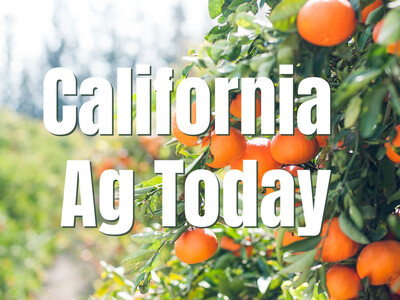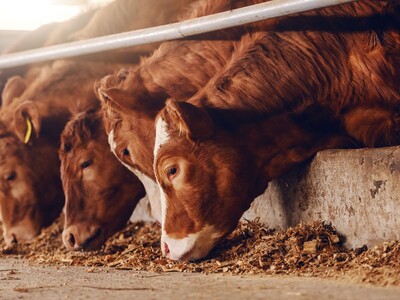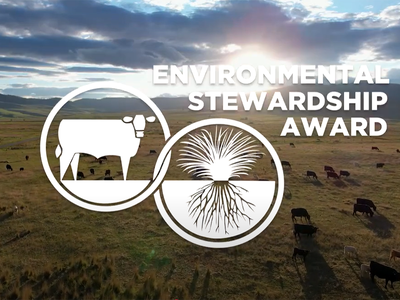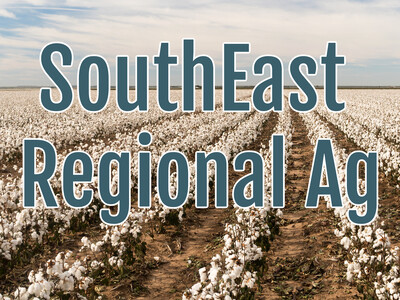Food Safety
I get at least five emails per day with subject lines like this that I recently received from the USDA's National Institute of Food and Agriculture. Addressing food safety challenges:Whether it's a farm or factory, there are a number of stages in food processing at which food can become contaminated with microbes that can cause foodborne illnesses. Food Safety is at the top of the ag agenda for livestock producers. Pfizer Animal Health Veterinarian Dr. Doug Braun says says it's important for producers to understand the USDA vaccine levels of protection: "The maximum level of protection is the prevention of infection. Very simply, it's exactly what it sounds like. If my animals immunize correctly, if that animal is exposed to the infectious organism, not only will there be no loss, but there will be no infection at all. We'll limit infection, we'll limit exposure risks to other animals, and we'll limit disease costs. The next layer would be prevention of disease. The animal and the business will not experience any losses associated with a disease. The third layer is the aids in prevention, and this is certainly the most common vaccine protection that you'll see on products in the marketplace. If there's exposure, there may be some infection status. There may be some replication of an organism. Certainly any disease associated with it, any health events associated with it are mitigated to hopefully eliminate it altogether. As we get below that and we start to talk about aids in disease control or aids in reduction of, shedding of disease..."To repeat, a top priority in food production is food safety.













